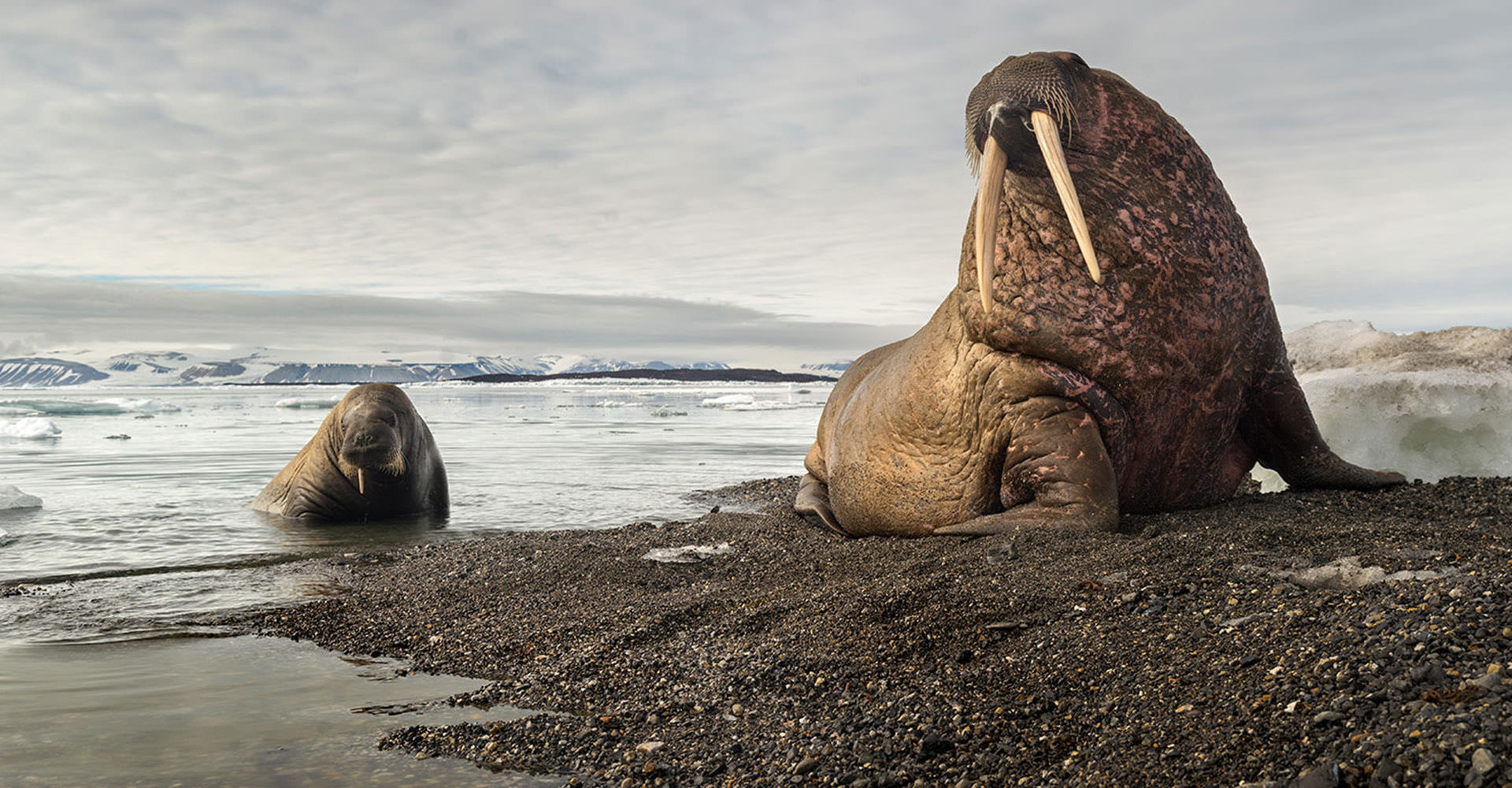
Roie Galitz’s greatest life passions, nature and photography, take him into the wild. As an adventurous wildlife photographer, he travels in extreme conditions to the remotest places on earth, capturing images of rarely viewed animals in their natural habitats...
Ambassador profile
WHERE HAVE I BEEN? ARCTIC REGION

I believe that these images, and those we see more and more of on the media, are helping us realize what is happening right now, as we speak, not far from here. When people look at my photographs, I enjoy looking in their eyes and noticing their facial expressions. When I see even one set of your eyes light up, I know that the connection is made, that they are now my companions on a wonderful adventure to protect precious wildlife and nature.
I’m Roie Galitz, an award-winning wildlife photographer, an ambassador for Nikon, DJI, Wix, and Greenpeace - Arctic and Antarctic. For over a decade, I have explored and documented our planet’s wildlife.One of the subjects closest to my heart, polar bears, are expected to become extinct by the end of this century, with the majority of their population gone by 2050, or maybe even sooner. I have made it my mission to harness the power of photography to raise awareness on the dangers that the arctic region and its native animals face.
The Arctic region is a crucial part of our ecosystem. It plays an important role in balancing global climate and sea level, and its warming has a direct impact on societies all over the world. Hundreds of millions of people are living in coastal regions with risk of flooding, many communities are in danger of forced relocation, denied access to food, and even starvation. Our fate is tied to the Arctic, and protecting polar bears means protecting ourselves.
I was recently on assignment in one of my favourite places on earth: Svalbard, in the high arctic. A magical wonderland, rich of incredible wildlife, and an ideal spot to pursue my life goal of documenting endangered animals in their wild habitats and raising awareness of the threats they encounter today. Miles away from human presence, a long, demanding search in one of the world’s toughest environments.
In my trip to Svalbard, after a long and exhausting wait, the moment I had been waiting for arrived. A mother and her cubs come towards me like a marching band. I started to shoot to the rhythm of my racing heartbeat, until these beautiful creatures were too close for comfort. Wildlife photographers sometimes have this illusion that their kit is a kind of shield that protects them from the dangers out in the field. But this is not the reality, so I quickly retreated, leaving back my gear, and that was when it became obvious that polar bears enjoy photography too.
A great tripod is essential to finalize the winning images and video of the arctic. My tripod of choice in the last 5 years is the Gitzo Systematic series 3 long 4 sections carbon fibre tripod. I tie it with bungee cords to the back of my snowmobile and when we deploy - I prepare it for shooting. I love shooting as low as possible, so I open the legs to their widest opening to shoot a few centimeters off the snow, and I bury it in the snow to get lower and a further grip.
Next step is when I mount my camera on the tripod, my Nikon D850 (with Grip) and Nikon 600mm F/4E (sometimes with X1.4TC). One of the challenges with such low temperatures is that the grease in the fluid heads becomes stiffer with cold, so I must move it around before shooting to heat it up and get the smooth motion ready.
There are only two reasons to get higher than my usual minimum height: the first is if there is some snow obstructing the view and the second is “heat haze”, one of the things I hate the most. Heat haze is when air turbulence from the ground causes blurriness in the image. When this happen I must get a little higher to reduce the effect.
The summer season brings other troubles. It is very difficult to get stable shots when photographing from a boat or a Zodiak (and without a steadycam or cineflex systems). To solve this problem, I need to get my tripod in the water without putting my legs on land. Fortunately, my Gitzo tripod was able to safely support my gear being in over a meter of water, and this helped me to get that ultimate steady shot I required.
Photographing wildlife in the arctic is always a challenge, ultra cold temperatures, heavy photograpic gear, gusting winds and hours of exposure while shooting stills and videos. That’s when you need a companion you can trust to hold your gear.




































